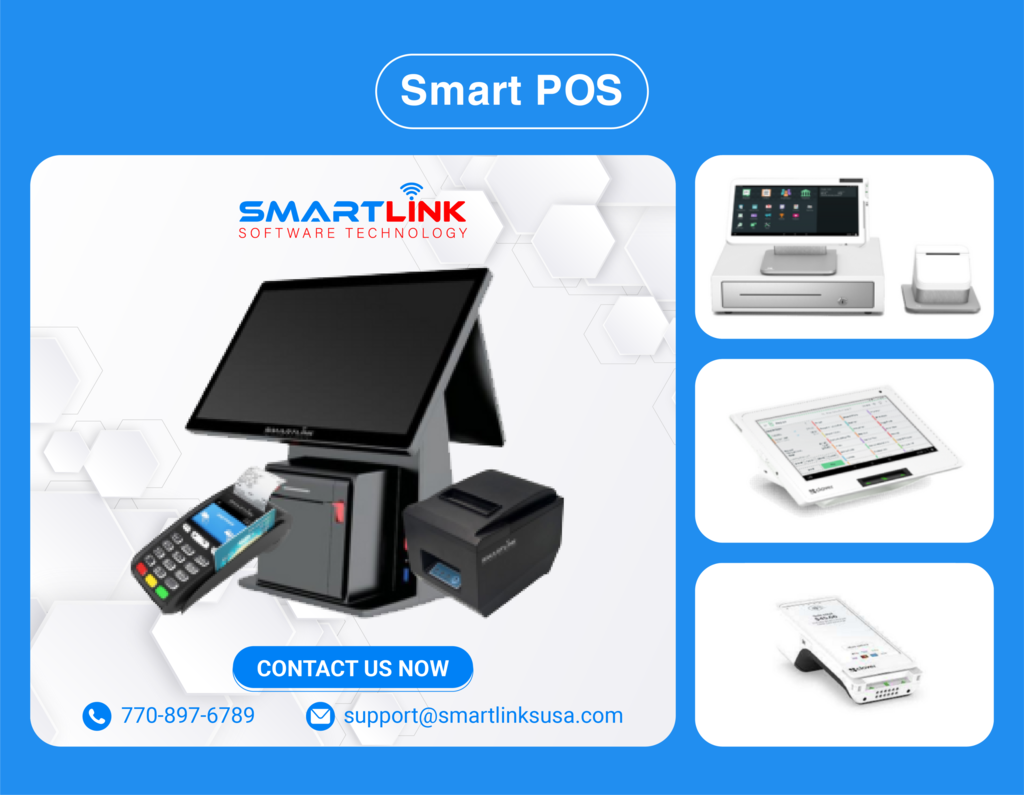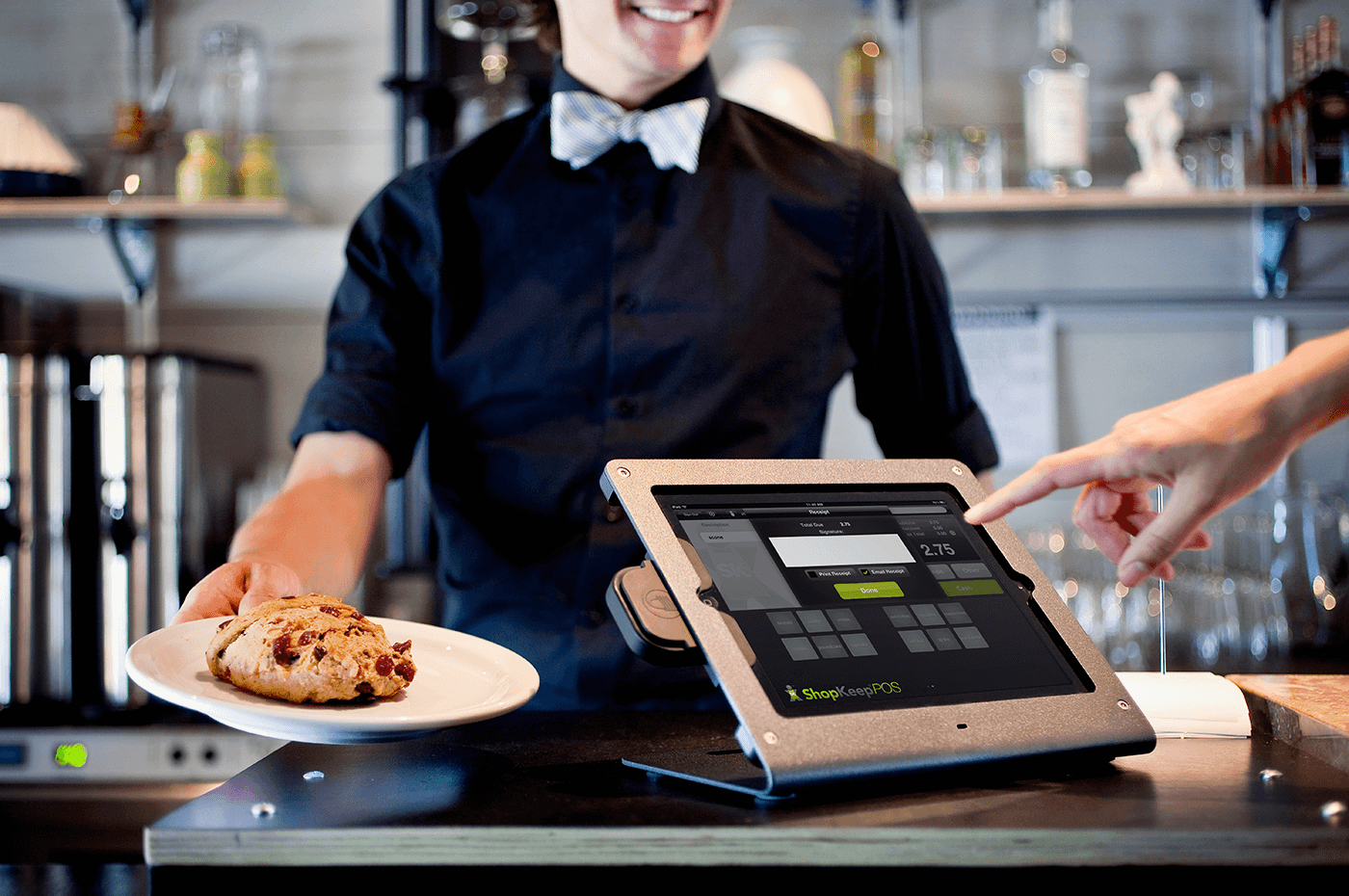It's well-known that a POS system is indispensable for operating and managing stores, restaurants, and other businesses efficiently. With a reliable POS, businesses can streamline processes, enhancing success and growth.
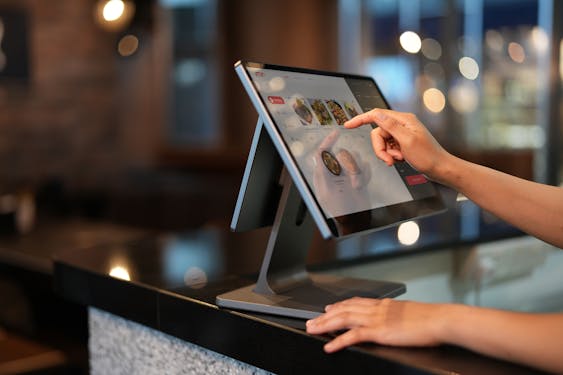
So, what additional features are expected for a POS system to become the ideal tool for every business in 2024? Join Smartlink in exploring this article to find out.
1. Inventory database
For smooth business operations, accurate inventory management is paramount. A POS system should feature a precise and efficient inventory database to help track current stock, popular items, and restocking timelines, with real-time updates reflecting sales. This feature helps prevent stock outs while optimizing stock levels and minimizing waste.
2. Low stock alerts and automatic reordering suggestions
To avoid interruptions, stores need enough inventory to meet customer demand. A low stock alert feature can support this by notifying store owners or managers when stock falls below a set safety threshold. Additionally, to avoid overlooked reorders, the system can automatically suggest restocking to keep operations uninterrupted.
3. Product reporting
In addition to revenue and general inventory reports, detailed product reports are vital for business owners. Product reports provide insight into sales volumes, revenue, and profit margins for each item, enabling data-driven decisions about pricing, restocking times, or methods to boost sales on overstocked items.
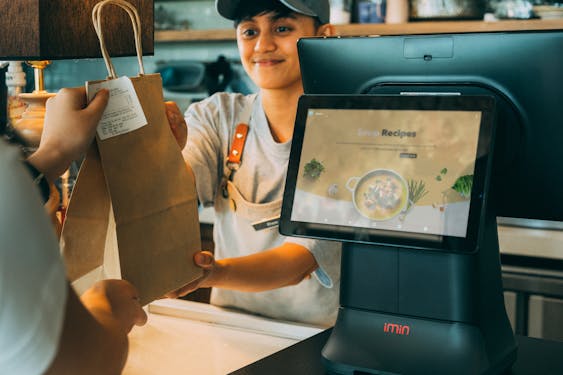
4. Inventory transfers between locations
For multi-location businesses, frequent inventory transfers between stores require a POS system that can track and manage these processes efficiently, reducing risks of loss and ensuring balanced stock levels across locations.
5. Employee reporting
Employee reports from a POS system allow business owners to review staff performance, including transaction counts, sales, and other metrics. With these insights, businesses can make informed decisions on rewards, training, or adjustments, and employees are motivated to stay accountable.
6. User accounts and role-based access levels
A modern POS system must support user accounts with role-based access to safeguard data and manage permissions. Employee accounts may have limited access, like viewing and handling transactions, while store owners or managers have full system access for price changes, report generation, and important settings.
7. Customer database and order history
A quality POS system also builds and maintains customer relationships through a customer database. By storing personal details and purchase history, businesses can analyze shopping behavior, tailor marketing campaigns, and foster customer loyalty.

8. Split payments and multiple payment options
Customers increasingly appreciate payment flexibility, and a modern POS system should allow split or multiple payment options. This functionality enables customers to split bills, pay using multiple methods in one transaction, and split tabs among several people, enhancing convenience and customer satisfaction.
9. Multi-store management
For businesses with multiple branches, unified management can be challenging. With a modern POS system, you can manage all stores from a central platform, monitor revenue, stock, and branch performance in real-time, and optimize inventory transfer and resource allocation.
10. Omnichannel integration
As e-commerce evolves, omnichannel integration is essential. A modern POS system needs seamless integration with online sales channels, from websites and social media to e-commerce platforms. This integration synchronizes revenue and inventory across both physical and online stores, ensuring a smooth shopping experience for customers, regardless of channel.
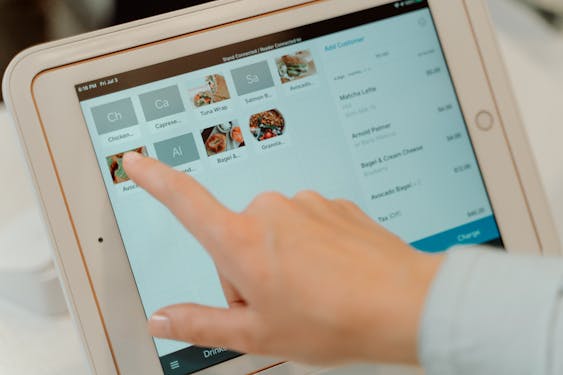
Conclusion
A POS system with these essential features will help your business operate efficiently, optimize processes, and enhance customer satisfaction. In 2024, investing in a quality POS system isn't just a short-term solution but a foundation for sustainable growth.
This version maintains the same structure and intent, optimized for readability and proper grammar. Let me know if you’d like further adjustments.

